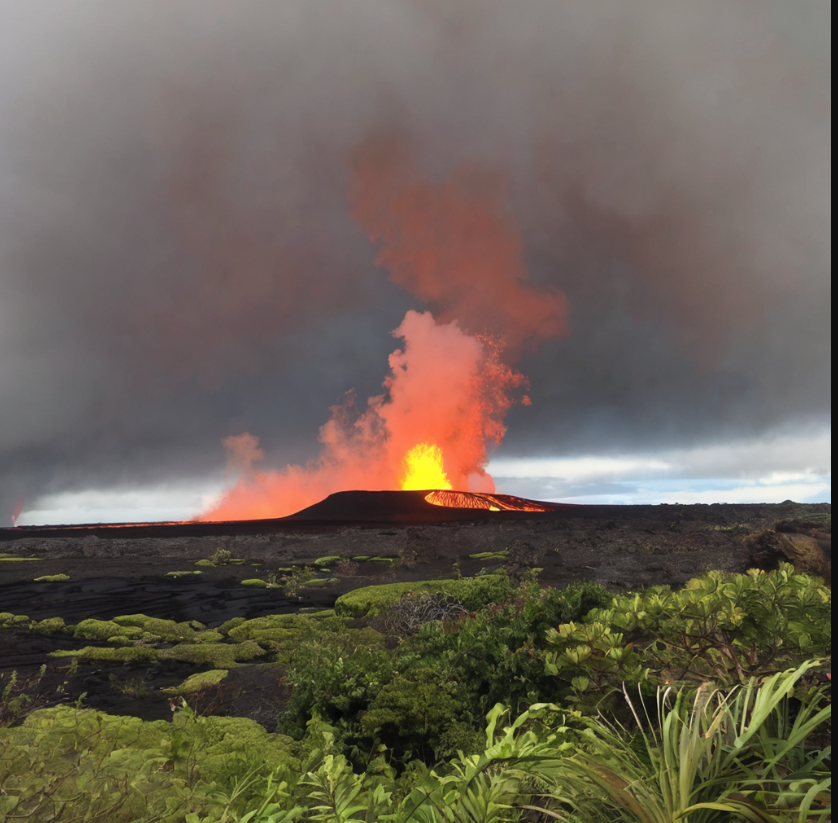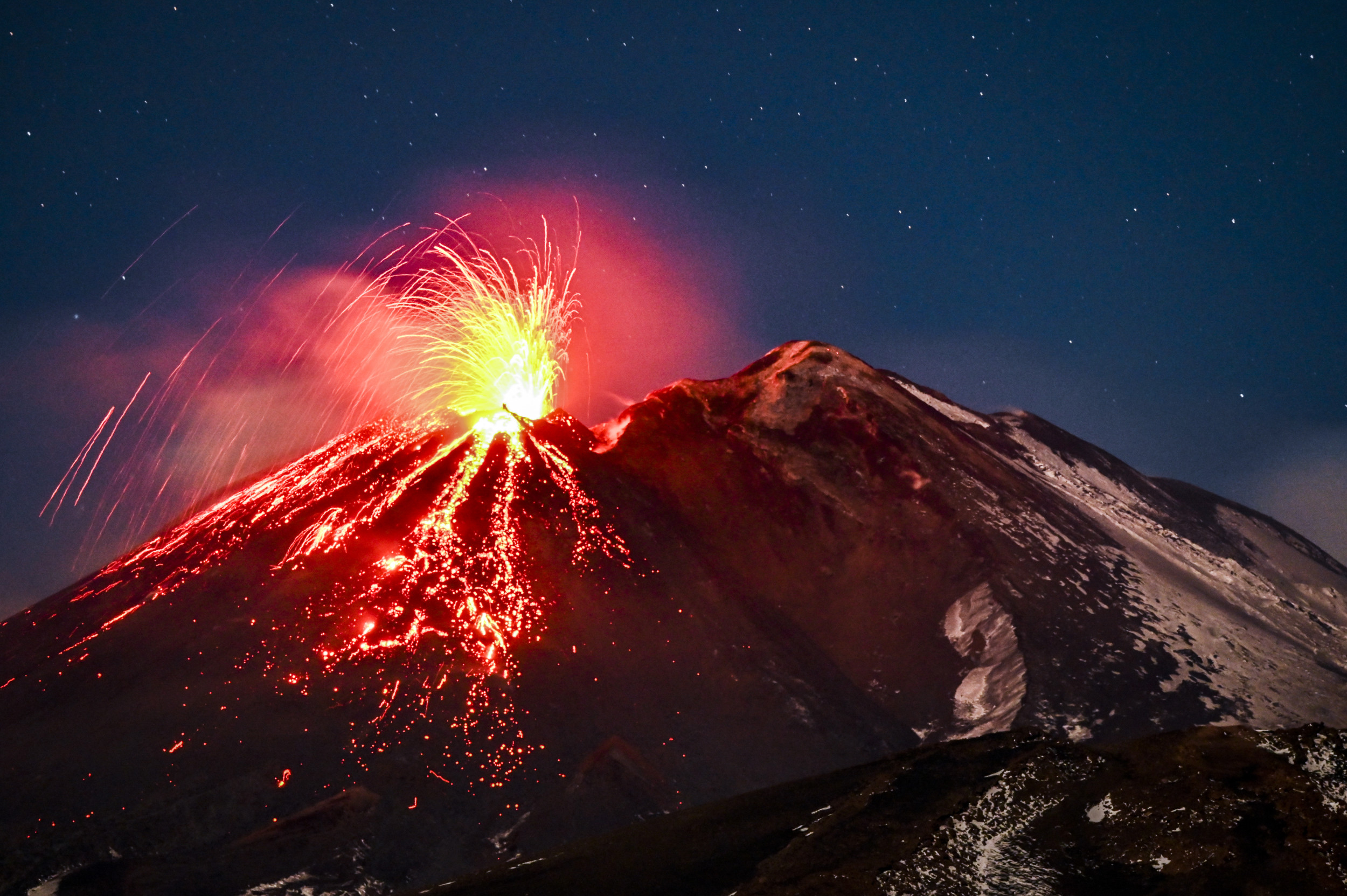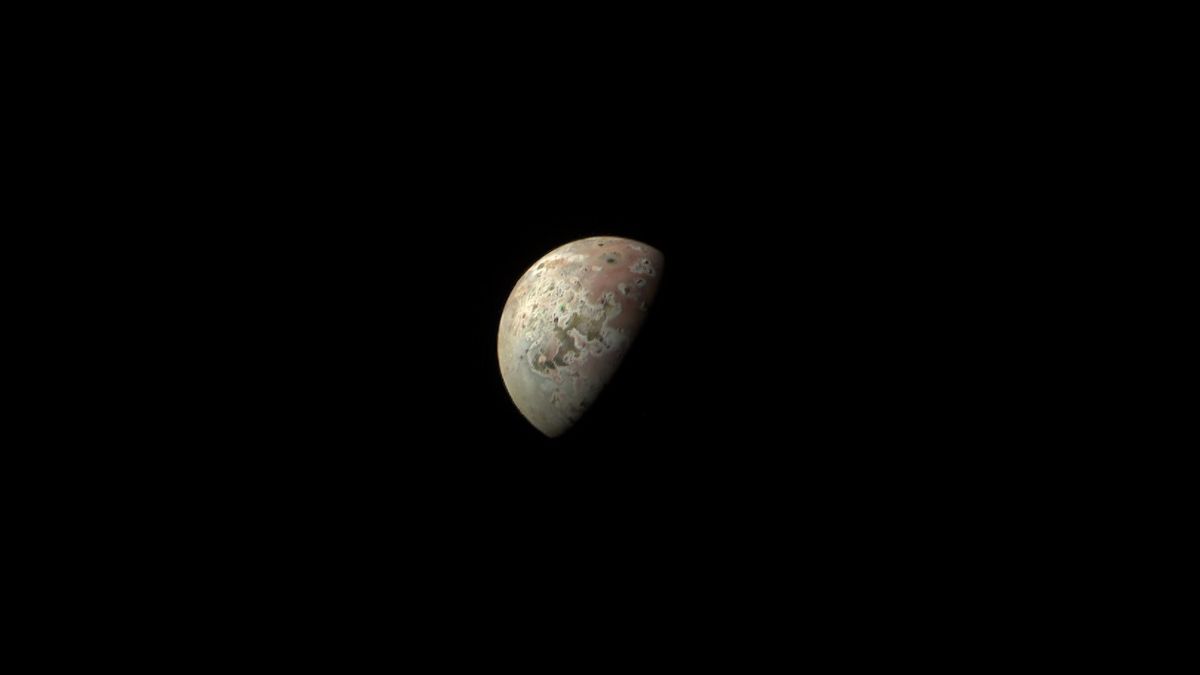Inside the World's Largest Doomsday Bunker Community
An Epic Humanitarian Project the size Of A city:
575 private bunkers with space for thousands in one of North America's safest locations: The decommissioned US Army Black Hills Ordnance Depot at Igloo, South Dakota; south of Edgemont, SD.
Mankind has a continuing obsession with end of the world prophecies and judgement day. Any visible or invisible threat to life kicks our survival instincts into gear and we want to take action. The market capitalizes on this fear and pushes innovation and products that both feed and satisfy survivalism. I visited the Terra Vivos survival shelters in South Dakota last month.
This former US Army Base was constructed in 1942 and was called the Black Hills Ordnance Depot. It served as an explosives and munitions storage and maintenance facility. The bunkers measure 27 feet in width and 60 to 80 feet in length. The foundation is made of 2 to 3 feet of reinforced concrete. The walls are 12 inches thick and have a trench running down the sides. The interior space is 13 feet tall at their highest point. This entire survival shelter project is headed by Robert Vicino who has a background in manufacturing and real estate. His son, Dante Vicino gave us a tour of the Terra Vivos site and took us to some unfinished and completed bunkers.
The bunkers are completely off the grid. To make them livable, you have to consider 4 main utilities. Water, Sewage, Energy, Internet Access. They are structurally sound, so you don’t have to add any additional support or reinforcement. Soil in the area is stable unlike the clayey soil in Texas, so most of the 82 year old foundations are in great shape and don't have any cracks. The curved interior walls are made of board-formed concrete. You can still see the beautiful wood grain etched into the concrete. Working remotely is no longer an issue. Thermal mass of the 12 inch thick concrete walls store heat or thermal energy during the day and slowly release it at night when it’s cooler. It can be turned into a self-sufficient town with a supermarket, hardware store, bars and restaurants. I see a lot of similarities to Marfa which is a small desert city in West Texas. Marfa was also a military town in the 1940s but it was converted into a cultural hub by Donald Judd, a minimalist artist from New York City.
It’s an over-ambitious plan. Out of the 800 bunkers on site, the Vivos company wants to convert 575 of them. So far, only 50 have been purchased. The lease plan prevents you from ever owning your bunker. The wildlife like cows and deer that roam the site often climb on top of the bunkers causing erosion of the soil and grass, and exposing the concrete. Since it’s not “underground” it’s not as safe as other survival shelters that are buried 3 to 10 feet underground. The company is catering to a small group of people. They warn of nuclear war, bioterrorism, anarchy, electro-magnetic pulses, solar flares, super volcanoes, etc. If they marketed their bunkers as a way to protect family, life and belongings, it might be more popular with a larger group of people. Remote location. In the event of a disaster, you’d need a private plane to take you to Provo, South Dakota. It only works as a survival shelter if you are permanently living there. The nearest hardware store is in Hot Springs, about 45 minutes to an hour away. Vicino’s contractors designed layouts, but I wasn’t impressed with the quality of their work. Contamination of the subsurface soil and water supply is a concern to some residents in the area. Long term effects of living in a concrete box with no sunlight are also problematic.
It’s an exciting project with a lot of potential if a significant number of individuals move to the area. I don’t know what category these bunkers fit into. It’s not a luxury survival shelter, it’s not in a super-secure, secret location, it’s not conveniently located near a major city unless you consider Rapid City a major city; and it’s not underground. At best, it is an earth sheltered home or bungalow. I’m wary of it turning into a thriving community, unless their marketing strategy changes.
https://rumble.com/v5gidwh-inside-the-worlds-largest-doomsday-bunker-community.html
An Epic Humanitarian Project the size Of A city:
575 private bunkers with space for thousands in one of North America's safest locations: The decommissioned US Army Black Hills Ordnance Depot at Igloo, South Dakota; south of Edgemont, SD.
Mankind has a continuing obsession with end of the world prophecies and judgement day. Any visible or invisible threat to life kicks our survival instincts into gear and we want to take action. The market capitalizes on this fear and pushes innovation and products that both feed and satisfy survivalism. I visited the Terra Vivos survival shelters in South Dakota last month.
This former US Army Base was constructed in 1942 and was called the Black Hills Ordnance Depot. It served as an explosives and munitions storage and maintenance facility. The bunkers measure 27 feet in width and 60 to 80 feet in length. The foundation is made of 2 to 3 feet of reinforced concrete. The walls are 12 inches thick and have a trench running down the sides. The interior space is 13 feet tall at their highest point. This entire survival shelter project is headed by Robert Vicino who has a background in manufacturing and real estate. His son, Dante Vicino gave us a tour of the Terra Vivos site and took us to some unfinished and completed bunkers.
The bunkers are completely off the grid. To make them livable, you have to consider 4 main utilities. Water, Sewage, Energy, Internet Access. They are structurally sound, so you don’t have to add any additional support or reinforcement. Soil in the area is stable unlike the clayey soil in Texas, so most of the 82 year old foundations are in great shape and don't have any cracks. The curved interior walls are made of board-formed concrete. You can still see the beautiful wood grain etched into the concrete. Working remotely is no longer an issue. Thermal mass of the 12 inch thick concrete walls store heat or thermal energy during the day and slowly release it at night when it’s cooler. It can be turned into a self-sufficient town with a supermarket, hardware store, bars and restaurants. I see a lot of similarities to Marfa which is a small desert city in West Texas. Marfa was also a military town in the 1940s but it was converted into a cultural hub by Donald Judd, a minimalist artist from New York City.
It’s an over-ambitious plan. Out of the 800 bunkers on site, the Vivos company wants to convert 575 of them. So far, only 50 have been purchased. The lease plan prevents you from ever owning your bunker. The wildlife like cows and deer that roam the site often climb on top of the bunkers causing erosion of the soil and grass, and exposing the concrete. Since it’s not “underground” it’s not as safe as other survival shelters that are buried 3 to 10 feet underground. The company is catering to a small group of people. They warn of nuclear war, bioterrorism, anarchy, electro-magnetic pulses, solar flares, super volcanoes, etc. If they marketed their bunkers as a way to protect family, life and belongings, it might be more popular with a larger group of people. Remote location. In the event of a disaster, you’d need a private plane to take you to Provo, South Dakota. It only works as a survival shelter if you are permanently living there. The nearest hardware store is in Hot Springs, about 45 minutes to an hour away. Vicino’s contractors designed layouts, but I wasn’t impressed with the quality of their work. Contamination of the subsurface soil and water supply is a concern to some residents in the area. Long term effects of living in a concrete box with no sunlight are also problematic.
It’s an exciting project with a lot of potential if a significant number of individuals move to the area. I don’t know what category these bunkers fit into. It’s not a luxury survival shelter, it’s not in a super-secure, secret location, it’s not conveniently located near a major city unless you consider Rapid City a major city; and it’s not underground. At best, it is an earth sheltered home or bungalow. I’m wary of it turning into a thriving community, unless their marketing strategy changes.
https://rumble.com/v5gidwh-inside-the-worlds-largest-doomsday-bunker-community.html
Inside the World's Largest Doomsday Bunker Community
An Epic Humanitarian Project the size Of A city:
575 private bunkers with space for thousands in one of North America's safest locations: The decommissioned US Army Black Hills Ordnance Depot at Igloo, South Dakota; south of Edgemont, SD.
Mankind has a continuing obsession with end of the world prophecies and judgement day. Any visible or invisible threat to life kicks our survival instincts into gear and we want to take action. The market capitalizes on this fear and pushes innovation and products that both feed and satisfy survivalism. I visited the Terra Vivos survival shelters in South Dakota last month.
This former US Army Base was constructed in 1942 and was called the Black Hills Ordnance Depot. It served as an explosives and munitions storage and maintenance facility. The bunkers measure 27 feet in width and 60 to 80 feet in length. The foundation is made of 2 to 3 feet of reinforced concrete. The walls are 12 inches thick and have a trench running down the sides. The interior space is 13 feet tall at their highest point. This entire survival shelter project is headed by Robert Vicino who has a background in manufacturing and real estate. His son, Dante Vicino gave us a tour of the Terra Vivos site and took us to some unfinished and completed bunkers.
The bunkers are completely off the grid. To make them livable, you have to consider 4 main utilities. Water, Sewage, Energy, Internet Access. They are structurally sound, so you don’t have to add any additional support or reinforcement. Soil in the area is stable unlike the clayey soil in Texas, so most of the 82 year old foundations are in great shape and don't have any cracks. The curved interior walls are made of board-formed concrete. You can still see the beautiful wood grain etched into the concrete. Working remotely is no longer an issue. Thermal mass of the 12 inch thick concrete walls store heat or thermal energy during the day and slowly release it at night when it’s cooler. It can be turned into a self-sufficient town with a supermarket, hardware store, bars and restaurants. I see a lot of similarities to Marfa which is a small desert city in West Texas. Marfa was also a military town in the 1940s but it was converted into a cultural hub by Donald Judd, a minimalist artist from New York City.
It’s an over-ambitious plan. Out of the 800 bunkers on site, the Vivos company wants to convert 575 of them. So far, only 50 have been purchased. The lease plan prevents you from ever owning your bunker. The wildlife like cows and deer that roam the site often climb on top of the bunkers causing erosion of the soil and grass, and exposing the concrete. Since it’s not “underground” it’s not as safe as other survival shelters that are buried 3 to 10 feet underground. The company is catering to a small group of people. They warn of nuclear war, bioterrorism, anarchy, electro-magnetic pulses, solar flares, super volcanoes, etc. If they marketed their bunkers as a way to protect family, life and belongings, it might be more popular with a larger group of people. Remote location. In the event of a disaster, you’d need a private plane to take you to Provo, South Dakota. It only works as a survival shelter if you are permanently living there. The nearest hardware store is in Hot Springs, about 45 minutes to an hour away. Vicino’s contractors designed layouts, but I wasn’t impressed with the quality of their work. Contamination of the subsurface soil and water supply is a concern to some residents in the area. Long term effects of living in a concrete box with no sunlight are also problematic.
It’s an exciting project with a lot of potential if a significant number of individuals move to the area. I don’t know what category these bunkers fit into. It’s not a luxury survival shelter, it’s not in a super-secure, secret location, it’s not conveniently located near a major city unless you consider Rapid City a major city; and it’s not underground. At best, it is an earth sheltered home or bungalow. I’m wary of it turning into a thriving community, unless their marketing strategy changes.
https://rumble.com/v5gidwh-inside-the-worlds-largest-doomsday-bunker-community.html










